By Marcel Consee, Mouser Electronics
The basic concepts of Industry 4.0 with its highly automated factory environments promised to deliver business benefit by combining technologies such as sensors, data processing, connectivity, and cloud computing. Human workers or even engineers were not a significant part of the equation. Industry 5.0 re-instates the human element, collaborating with robots to implement new and more complex ideas such as mass customization.
Industry 4.0 has already transformed manufacturing across an array of sectors. The Internet of Things (IoT) was the starting point. Connecting sensors, software, and other technologies over the internet to collect data from a broad range of industrial equipment. The data is then dispatched to the cloud for processing and analysis, using machine learning (ML) and artificial intelligence (AI) to deliver real-time insights (Figure 1). Since the emergence of the IoT, significant advances in sensor technology have led to smaller, cheaper, and better-performing parts.
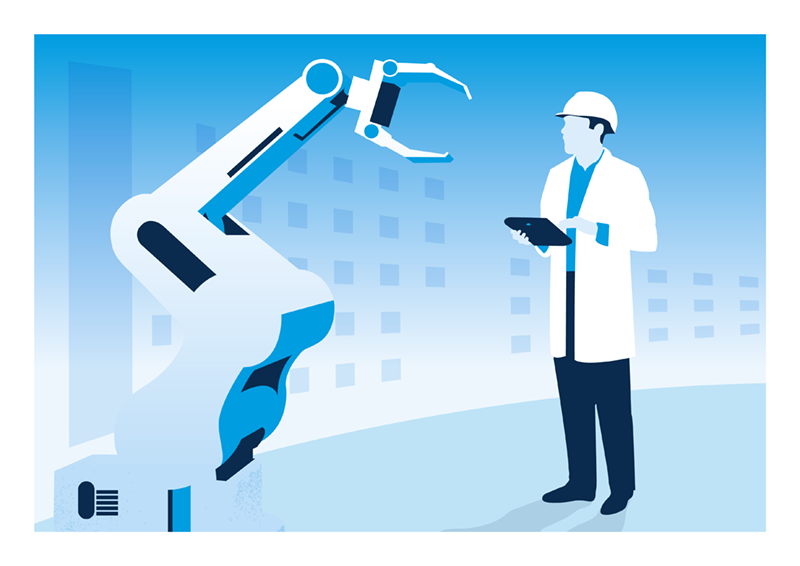
In reality, such highly automated environments only work well up to a point. For example, robotics in manufacturing can deliver tremendous consistency and repeatability. They perform a range of routine tasks as part of a pre-defined set of production processes. That’s fine for large quantities of similar products, but embellishment or personalization is challenging to achieve, which is a clear disadvantage in a world with increasingly sophisticated consumer expectations. This is where Industry 5.0 comes in. By re-introducing humans into the loop and collaborating with robots, production lines can become even smarter, enabling much higher levels of product customization.
Cobots at the core of Industry 5.0
Industry 5.0 can be applied to improve the efficiency and versatility of factories, but how? The physical interface between humans and robots is one of the most important considerations. Traditionally, robotic arms have been shielded by safety cages, keeping humans out of harm’s way. This is no longer possible in the new world of a closer relationship between humans and robots.
Collaborative robots (cobots) use positional sensors to detect the presence of a worker and appropriately react in a split second. They form the fundamental basis for the progression of Industry 5.0. These advanced safety features allow humans to take center stage in a broader range of production processes. Global robotic manufacturers, including ABB, Fanuc, Siemens, and Kuka, are already joining more specialized companies, such as Denmark’s Universal Robots, to make such cobots.
Early cobot models were small in size and mainly designed to perform light assembly tasks in conjunction with humans. Typically weighing around 10kg, these tabletop cobot arms could handle a payload of 3kg, making them ideal for repetitive workbench activities.
Since those early times, cobots are now much larger and more powerful. The latest arms can carry up to five times the payload capability of their contemporaries. These arms, equipped with proximity, distance, and position sensors, can be used close to production-line employees (Figure 2). With their increased size and the availability of an extensive range of grippers and tools, along with more intuitive programming, today’s cobots are opening up a broader range of applications than previously possible, including heavy machine tending, material handling, packaging, and simple workbench activities.
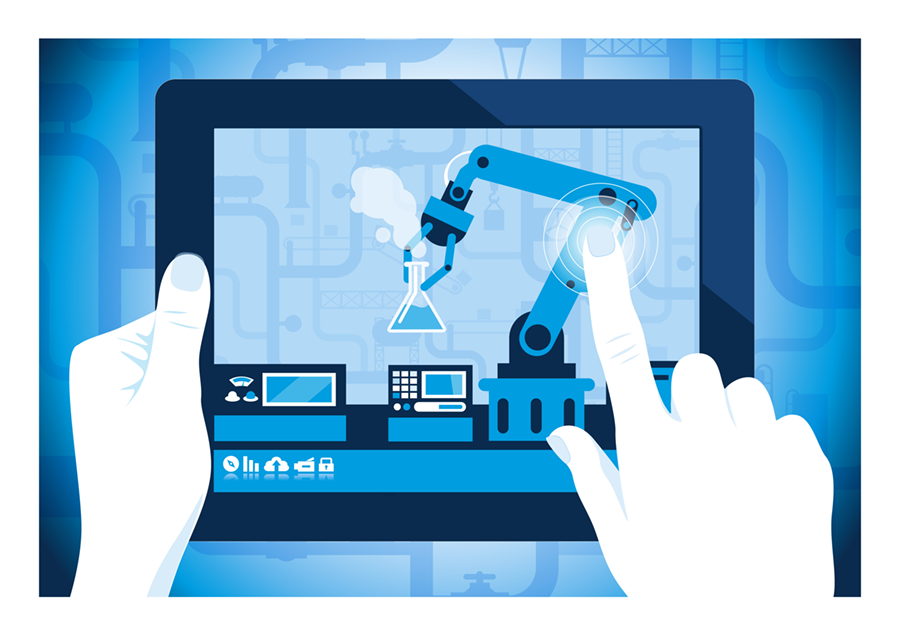
Dispatching Industry 5.0
Their adoption in industrial environments has increased rapidly with improvements in cobot performance. An early adopter is an automotive sector. Here, cobots perform tedious, dangerous, or precise inspection tasks. They also carry out labor-intensive tasks, such as polishing and deburring activities, and physically demanding tasks, such as loading and unloading heavy parts onto processing machines in the sheet metal industry.
Additive manufacturing startups are also beginning to use cobots to provide the personalization of 3D-printed parts (Figure 3). For instance, in the jewelry sector, they can help create different finishes and perform bespoke engravings.
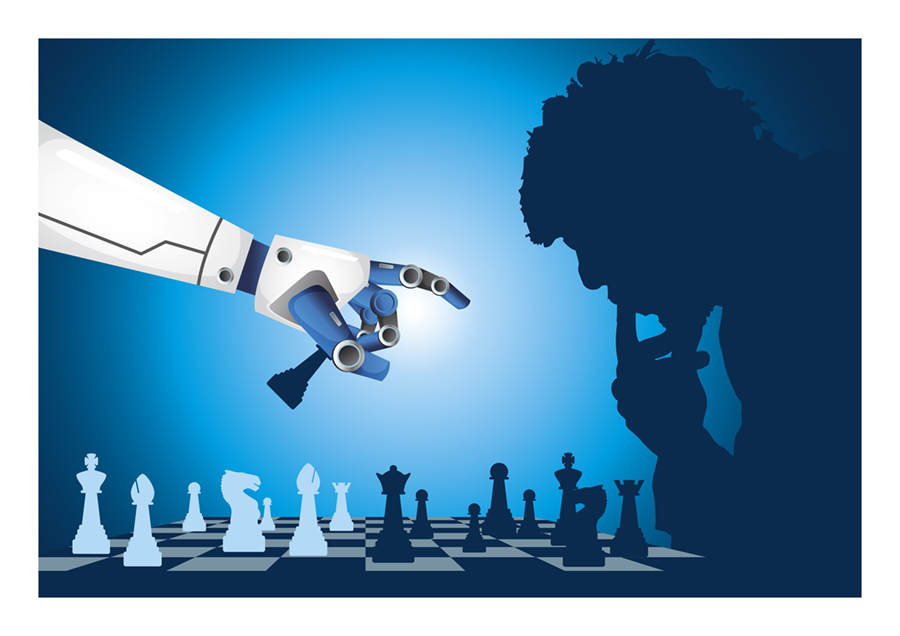
The Social aspects of automation
The prevailing school of thought has always been that robots could potentially lead to job losses across the industrial sector. The emergence of Industry 5.0 changes that belief by re-introducing humans into the workplace to perform more value-added roles.
Industry 4.0 and Industry 5.0 may well get the headlines. Yet, they encapsulate a genuine change in designing and building products and maintaining equipment in highly automated environments. This paradigm shift may eventually result in a more symbiotic relationship between cobots and the human mind. That intertwining of capabilities holds the potential to create more innovative and efficient factories of the future.
About the author
 As Technical Content Specialist, Marcel Consee is the internal contact person for technical questions in Mouser’s EMEA marketing team. Originally a physicist, he used to work as an editor for special-interest magazines in electronics. In real life, he’s juggling two kids with too many chromosomes, a penchant for electronic gadgets, and a fondness for books and beer. Until now, none has dropped.
As Technical Content Specialist, Marcel Consee is the internal contact person for technical questions in Mouser’s EMEA marketing team. Originally a physicist, he used to work as an editor for special-interest magazines in electronics. In real life, he’s juggling two kids with too many chromosomes, a penchant for electronic gadgets, and a fondness for books and beer. Until now, none has dropped.



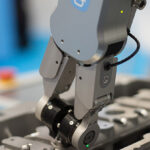
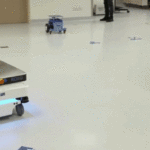

Leave a Reply